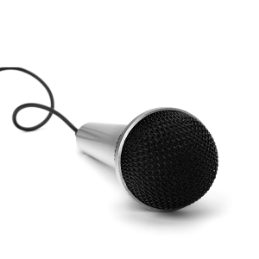On April 17th, we had the privilege of presenting the work done by the RESIST project in Southwest Finland to water experts from the Eastern Norway County Network in the Oslo Fjord catchment. We provided an overview of the regional characteristics in relation to climate change adaptation in water management, highlighting specific initiatives undertaken in the city of Turku, including its urban pilot sites in RESIST project and stormwater management strategies.
The Norwegian experts made a study visit to Finland, particularly to the catchment area of the Archipelago Sea, to observe, discuss, and exchange views on the most effective strategies and measures for addressing eutrophication in water bodies and marine environments.

During the discussions, we discovered several similarities between the challenges faced by our respective regions. However, the interest in water protection and related issues has only recently been elevated to the political agenda in Norway, whereas in Finland, these issues have been on the political agenda for decades. The most recent political state initiative is the Archipelago Sea Programme. The programme aims at reducing agricultural runoff in the Archipelago Sea to the point where the area can be delisted from the HELCOM Hot Spots list by 2027 at the latest. The primary focus is on phosphorus, a nutrient significant in terms of eutrophication both in inland waters and in the Archipelago Sea.
While the political will in our region is well ahead the Oslo Fjord region is significantly advanced in catchment-scale management of water protection measures. They have established local-level coordination with catchment water boards, and each catchment area has its own coordinator. This is something that in Finland we are still piloting in certain areas. In RESIST project our region is focusing on catchment scale coordination of water retention measures.
Southwest Finland is a frontrunner region when it comes to water protection
During the visit we presented several initiatives, strategies, programmes and concrete actions and measures of how we’ve been tackling the eutrophication dilemma in the Archipelago Sea. One of our flagship achievements in regional water protection is the joint wastewater treatment plant. In Southwest Finland, 14 out of 27 municipalities have a centralised wastewater treatment plant located in the centre of the city of Turku for their municipal wastewater. This facility utilizes top-notch technology, and the quality of treated wastewater meets the quality set for swimming waters. As a result of this joint wastewater treatment effort, several small-scale, outdated wastewater treatment plants have been decommissioned. The positive impact of this initiative is reflected in the improved water quality. Coupled with artificial groundwater discharge production, our region is well-prepared for climate change and future droughts and issues with the surface water quality.

Wintertime runoff challenges the Nordic regions in water protection
Another commonality we share with our Norwegian guests is the Nordic climate conditions. Managing stormwater during winter poses a particular challenge, as not all nature-based solutions are necessarily effective in cold conditions whit increasing freeze-thaw cycles. Additionally, the lack of space in the built environment presents challenges in implementing nature-based solutions, which often require more space than traditional grey underground infrastructure. This is something the city of Turku is also focusing on in the RESIST project.
We discussed various methods for improving water quality, reducing water quantity, and mitigating floods. One such method is gypsum treatment, which offers a temporary solution for capturing phosphorus before it leaches from fields into surface waters. Additionally, we extensively discussed our farming practices and the attitudes and willingness of farmers to adhere to water protection measures.
On the second day of their visit in Southwest Finland, the experts visited the recently renovated River Raisionjoki. The restoration project was made possible by the artificial groundwater project as the river is no longer needed as a source for drinking water production. Therefore, in the restoration project several water regulation dams were removed and replaced by nature-like weirs and constructed rapids.
The visit was organised by the City of Turku and the Regional Council of Southwest Finland by the invitation of the Eastern Norway County Network water experts.














